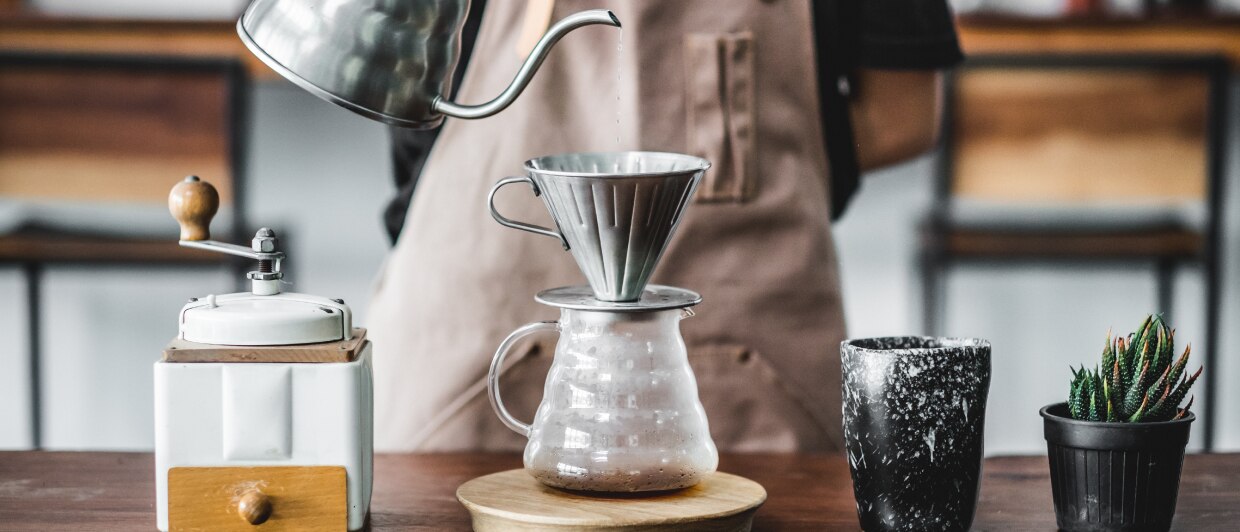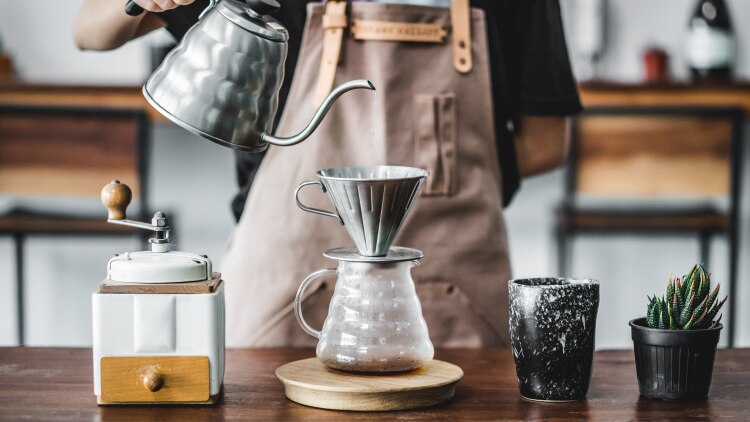

2025 Popular Pour Over Coffee Shopping Guide & Recommendation
In recent years, more and more people are learning to enjoy hand-brewed or pour-over coffee and many want to try making their own. Besides acquiring the skill to make a good cup of coffee from scratch, taking the time to make your own coffee also lets you experience the philosophy of ‘slow living’. A good cup of coffee requires knowledge and skill ranging from the selection of the coffee beans, to managing the hand-brewing utensils and brewing techniques. Check out the following guide on the most popular hand-brewed coffee products, and find out how you can start the morning off in a good mood with a delicious cup of coffee!
What is hand brewed coffee?
Unlike coffee made in a coffee machine, hand-brewed coffee can be made intuitively by pouring hot water over coffee granules in a filter paper, filter cup or other coffee-making utensil to extract the liquid. The whole process takes only a few minutes, yet the taste can be highly unique and satisfying!
Hand-made coffee equipment
These include a coffee grinder, filter paper, filter cup, hand-pouring pot, coffee pot, electronic scales, and a coffee thermometer.
Bean grinders
The grinder can be manual or electric and is used to control the coarseness of the coffee granules. If you want a strong cup of coffee, grind the beans finer. If you want it less strong, grind the beans less finely depending on your personal preference. If you’re not sure how to choose a manual grinder, start with a stainless steel or plastic grinder. They are easier to clean and they still retain the unique flavour of coffee beans.
Filter paper
Filter papers remove impurities from the coffee beans while retaining the essence of the extracted coffee. Use white filter paper to avoid mixing the smell of the coffee with the filter paper itself. You can even pour hot water on the filter paper first to remove the smell of the paper and to make the filter paper fit better in the cup.
Filter cup
The shape of the filter cup directly affects the extraction time and rate of water flow of hand-brewed coffee. New coffee lovers are advised to choose the most common conical filter cup (V60) as it has a larger spout and faster water flow rate that will prevent the coffee from becoming clogged and producing a bitter taste.
Hand-pouring pot
The size and diameter of the spout affect the volume and speed of water flow. If you are concerned about the amount of water being poured, choose a pot with a small spout to improve pouring stability. The slower the water flow, the longer the extraction time and the more robust the flavour. The faster the speed of the water flow, the lighter the flavour.
Coffee pot
Pour the brewed coffee into a coffee pot. It is advisable to stir the coffee at this point to achieve a more balanced flavour.
Electronic scales
If you don't want a cup of hand-brewed coffee that is weak, place an electronic scale under the coffee pot and stop pouring once it reaches 210g, then immediately transfer the liquid to the cup to maintain the strength of the coffee.
Coffee thermometer
Use it to check the temperature of your hand-brewed coffee. Ideally, it should be between 85-95°C. The higher the temperature of the water, the stronger the ingredients and the more pronounced the bitter taste.
Grab the above popular hand-brewed coffee making equipment and turn your home into a café today!

